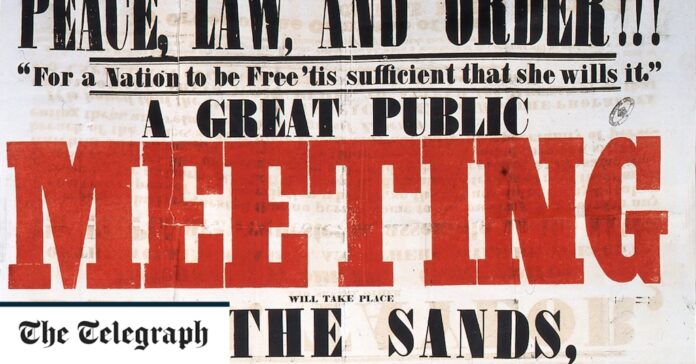A new National Archives exhibition captures 700 years of treason in seismic documents, such as Guy Fawkes’s original 1605 signed confession
On January 3 1946, William Joyce, aka Lord Haw Haw, was hanged in Wandsworth Prison, the last person to be executed for treason in the United Kingdom. His crime was self-evident: he had been the voice of Nazi propaganda on British radio during the Second World War. But that didn’t translate automatically to a verdict of “treason”, since Joyce, born in New York, had never been a British subject. The country he had betrayed was not his own.
However, the prosecution discovered that he had falsely claimed British nationality to apply for a British passport – in the process, swearing allegiance to the Crown. It was on these grounds – “being a person owing allegiance to our Lord the King” – that he could be tried for treason, using a statue drawn up by Edward III, and passed by Parliament into law in January 1352.
This 700-year sweep of history – medieval kings to modern warfare – is the subject of a wide-ranging exhibition at the National Archives. What is treason? That sounds like a facetious question, but it is harder to answer than you might think.
The 14th-century statute was passed to tighten the scope of a crime that had become far too wide: previously, people could be prosecuted for treason if they did anything only the king was allowed to do, such as hunting deer in a royal forest.


